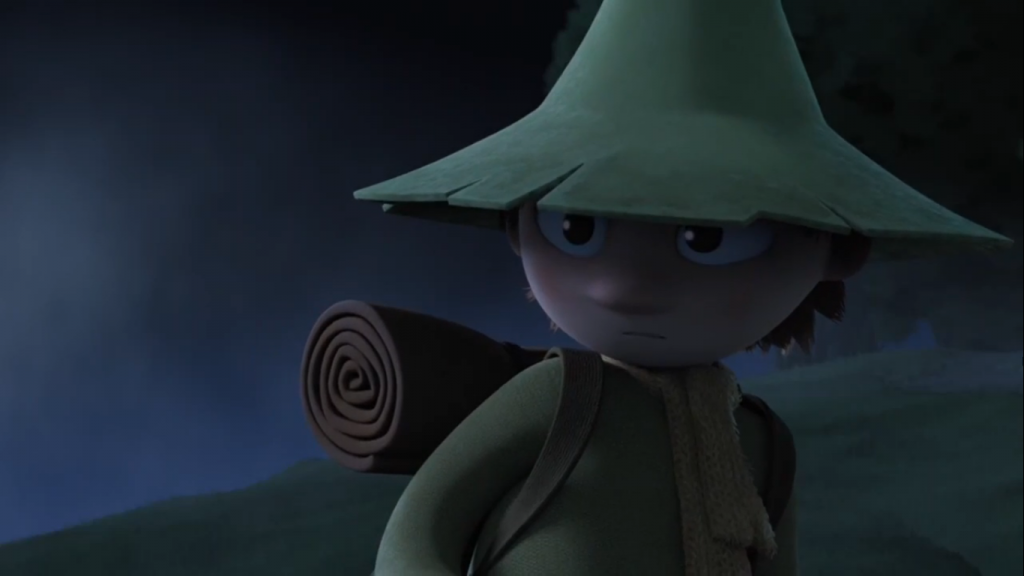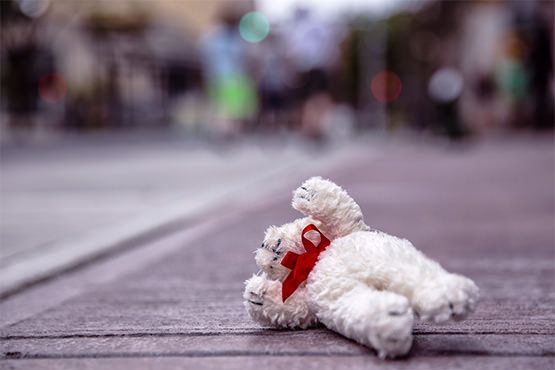
In the first part of this series, I examined and discussed how the character of Hitori Bocchi was a validating experience for me because it portrayed social anxiety in an empathetic and humanizing manner. With this in mind, it is important to realize that Bocchi’s experiences are just one of the many ways in which people experience and manifest their social anxiety. This second article will examine a character from a different animated series, and discuss how their portrayal showcases a different side to social anxiety, specifically how social anxiety can be connected with social exhaustion.
Snufkin is one of the main characters of Tove Jansson’s Moomins franchise, an iconic character who many people love across the globe (especially Europe and Japan). He is a vagabond known for travelling the world, carrying very few personal possessions, enjoying his solitude within nature, and valuing his personal freedom. As is the case of many fictional characters, these key traits have commonly been exaggerated to the point of creating a very specific image of Snufkin’s character. In many adaptations Snufkin is depicted as an incredibly wise individual, who discovers solutions to the problems he and his friends encounter, and seldom, if ever, experiences anger or personal psychological conflicts.

![[Panel One: Schreiter’s left foot is shown walking into the panel. Her shadow is light and slightly noticeable Panel Two: The text box reads “And one I leave the door…” Schreiter stops walking, her shadow is visible in front of her. Panel Three: Schreiter’s antenna make a “Flopp” sound, as they disappear into her head. These are a visual cue that she uses to identify autistic people, emphasizing the metaphor that autistic people feel like aliens in the neurotypical world Panel Four: The text box reads “…I start.” Schreiter stands alone on the sidewalk in the center of the panel, which is a wide shot, emphasizing how small and insecure she feel when stepping ‘beyond her shadow’. Her eyes are wide and uncertain. Her shadow is at its darkest and most visible]](https://www.autisticobservations.com/wp-content/uploads/2019/05/Leaving-the-door-e1558718974693.jpg)